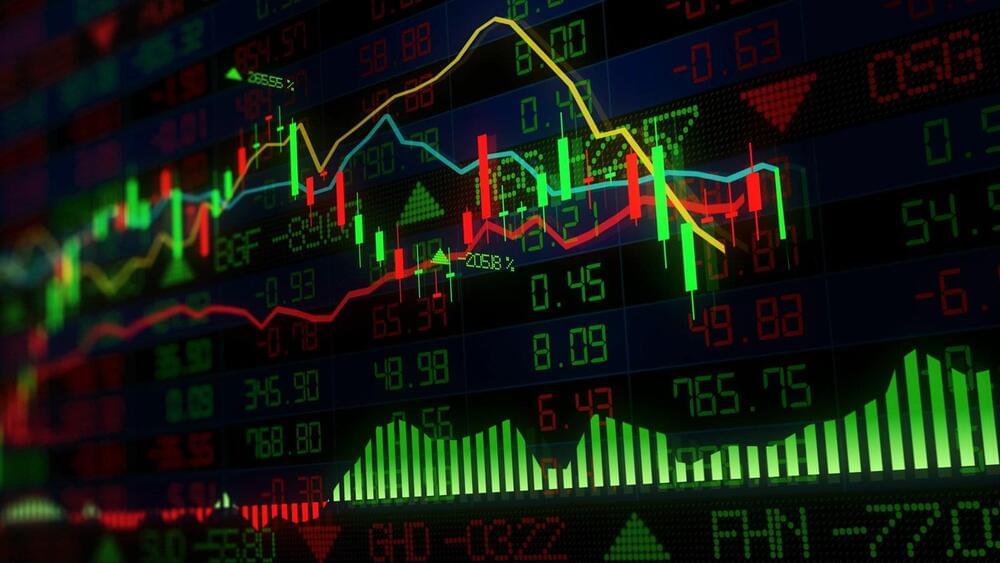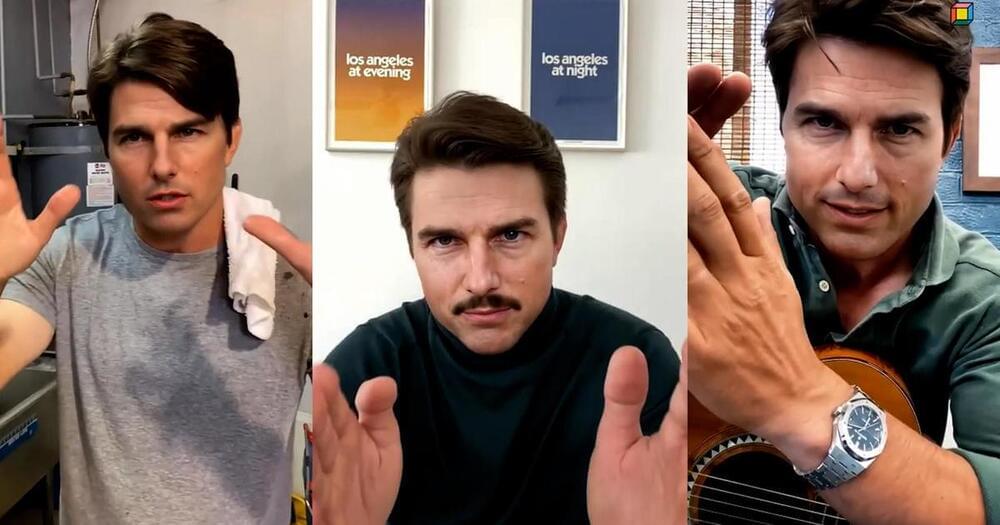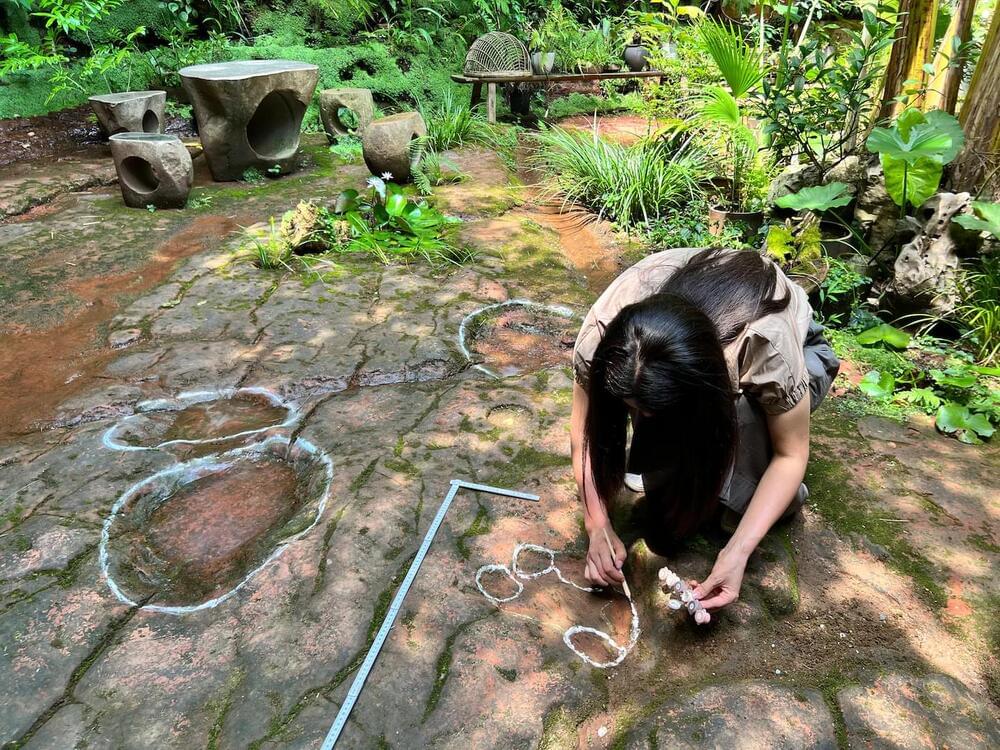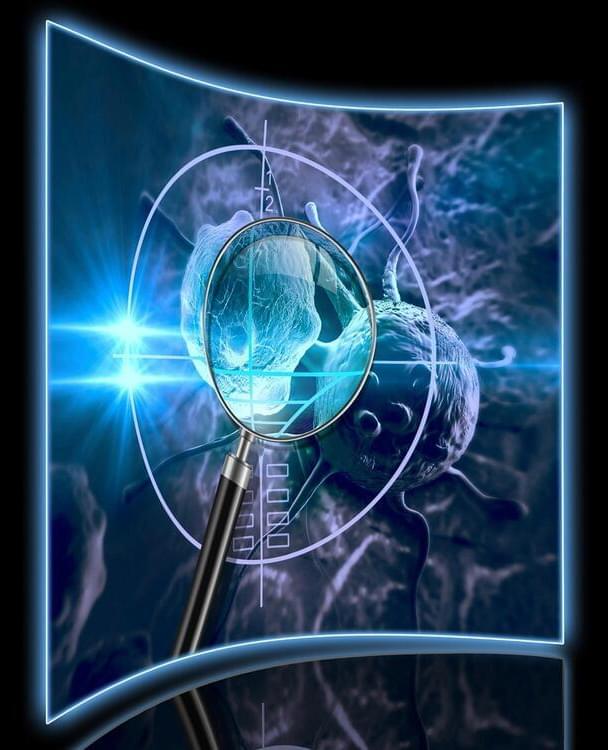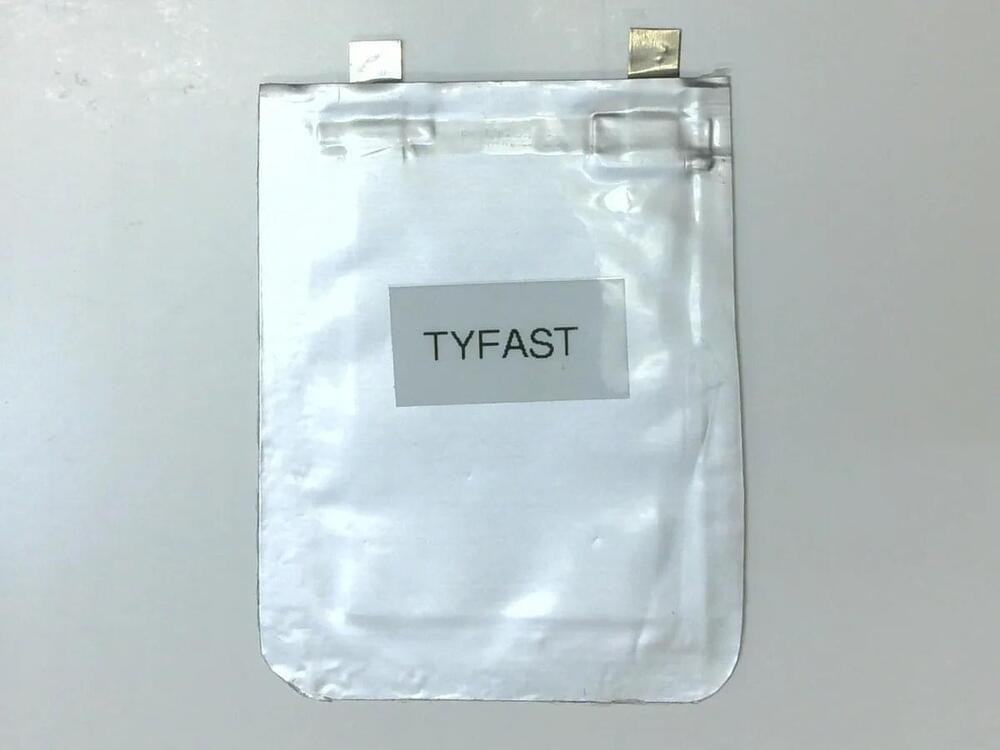A process that involves the “murder” of living, newly-generated cells has been discovered for the first time in recent research conducted at the University of Haifa. The research, which was described in the esteemed journal Science Advances, discovered that throughout the cellular differentiation process in fruit flies, phagocytic cells consume and destroy healthy living cells.
“We found that phagocytes can function as ‘murderers.’ It is well-known that phagocytic cells swallow and dissolve dead cells, but we show for the first time that they also kill newly-created normal cells. Essentially we have characterized a new mechanism of cell death. The more we know the mechanisms of cell death, the better we understand how to cope with various diseases, particularly cancer”, explained Professor Hilla Toledano, head of the Department of Human Biology at the University of Haifa and author of the study.
The origin of several bodily tissues, including skin, hair, stomach, and testicles, may be traced back to stem cells. By continuously supplying new cells to replace the old ones, these powerful stem cells enable tissue replenishment. Each stem cell in this process splits into two cells, one of which is retained for use in the future and the other of which develops to take the place of the lost cell in the tissue.
